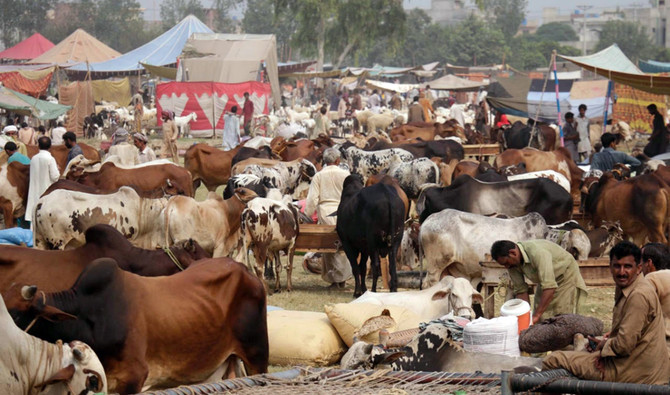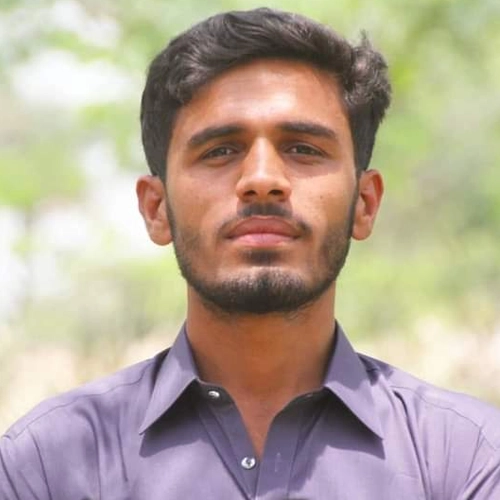- Rehan Ahmed
- Today

Retail slump: Pakistan’s Eid economy hit hard by consumer spending cuts
While the capital market in Pakistan scales new record highs, the cash-based Eid ul Azha economy in Pakistan shrunk by approximately 25 per cent this year.
The contraction was particularly pronounced in the consumer market, with a fall of up to 50 per cent compared to the cattle market, which remains the mainstay of this holy festival.
Marketers believe that Eid celebrations in June partially explain the significant hike in remittance inflows in May. Pakistan received record $3.2 billion in remittances in May 2024, up from $2.8bn in April. Although the State Bank will release the data for June after the month ends currency dealers project that inflows will at least match, if not surpass the May’s mark. They estimate that at least 5-10 per cent of the remittances received by families during Eid period are used to fund qurbani and festivities.
Retailers in malls and markets across major cities of Pakistan reported accumulating inventories this year, as even promotional sales failed to entice buyers. “Families likely saved whatever possible to fund hosting and travel after setting aside their qurbani budget. Footfall was low, with many customers focusing on shopping for children.
The intense weather also deterred ladies from frequenting multiple markets seeking deals that match their preferences and budgets. Sales have plummeted to less than half compared to last year”, remarked Yamin, a shopkeeper dealing in readymade ladies’ and children’s garments and accessories in Saddar, Karachi.
The general economic distress has intensified the trend of joint and institutional qurbani this year. Many families, unable to afford fulfilling the religious obligation on their own, opted for more budget-friendly alternatives. Over the past two years, Pakistanis have faced record-high inflation and declining family incomes in a sagging economy.
This trend has expanded the market of larger animals, such as cows, buffaloes, which are used for joint qurbani arrangements. In contrast, the market for smaller animals, like goats and sheep, has seen a relative decline, as these are usually chosen for exclusive qurbani by individual families. Typically, a cow can be divided into seven shares, equally distributed among participants. Data released by tanners’ associations confirms a consistent rise in the qurbani of bulls and cows, despite their high prices.
This year, cattle farmers and dealers adopted a more realistic approach, avoiding the blind flooding of cities with their stocks. This strategy helped prevent a market crash, despite a relatively limited number of buyers. However, they still had to adjust prices to align with buyers’ purchasing capacity. Understandably, cattle traders aim to sell all the animals they transport to urban areas before returning to their rural homes.
According to media reports, money in circulation tripled compared to normal levels during this period. However, due to lack of government or the State Bank efforts to trace and track money movement, and the reluctance of traders and dealers to provide evidence, market analysis is based primarily on general observations and interviews with market participants.
Young families comfortable with digital platforms and virtual markets actively utilised available tools and options. Charitable organisations accepted donations online for qurbani, offering to share the meat with the donor or distribute it to the needy on their behalf. Some commercial outfits also provided these services, though their credibility is yet to be established.
Experts note that the outreach of these platforms is improving over time, but the scale remains very limited compared to the overall scope of the activity.
The informal nature of transactions makes it more challenging to accurately project the verifiable quantum of this seasonal business cycle. However, it is crucial to assess and analyse this phenomenon, which impacts the lives, budgets and behaviors of families across the country.
Gaining insight into the money movement, its sources and identifying the winners and losers of this annual surge is essential, especially since hundreds of billions of rupees change hands within a short span of few weeks.
A deeper understanding of these trends, including the use of digital tools, can enhance general awareness and empower all, public, the government and private sector. This knowledge can help them regulate activities where necessary and participate more effectively, ultimately reducing waste and minimizing civic inconvenience during the holy festival.
Background research based on interviews with sources in economic ministries and the federal/provincial data collection bodies reveals a lack of serious effort by the government to study the Eid market.
Officers privately admitted that they have been tasked by the current or any past government to collect data or analyze the Eid or BaqrEid economy. This absence of mandate leaves them unable to provide information on the scale or trends of this significant economic activity.
Read more: Finance Minister wraps up budget debate in NA
However, some years back, the federal government banned the collection of hides by religious and political groups due to concerns that the funds might be funneled to terrorists and anti-state elements. Occasionally, they issue warnings about hygiene and health of animals and their handlers.
Provincial and city governments attempt to regulate and manage the movement of cattle and their sale points by designating specific areas for Bakra Piris. In recent years, many cities have out sourced the management of cattle markets to private contractors. Beyond this, their interest and involvement typically do not extend further.
The writer can be reached at asubohi@hotmail.com





